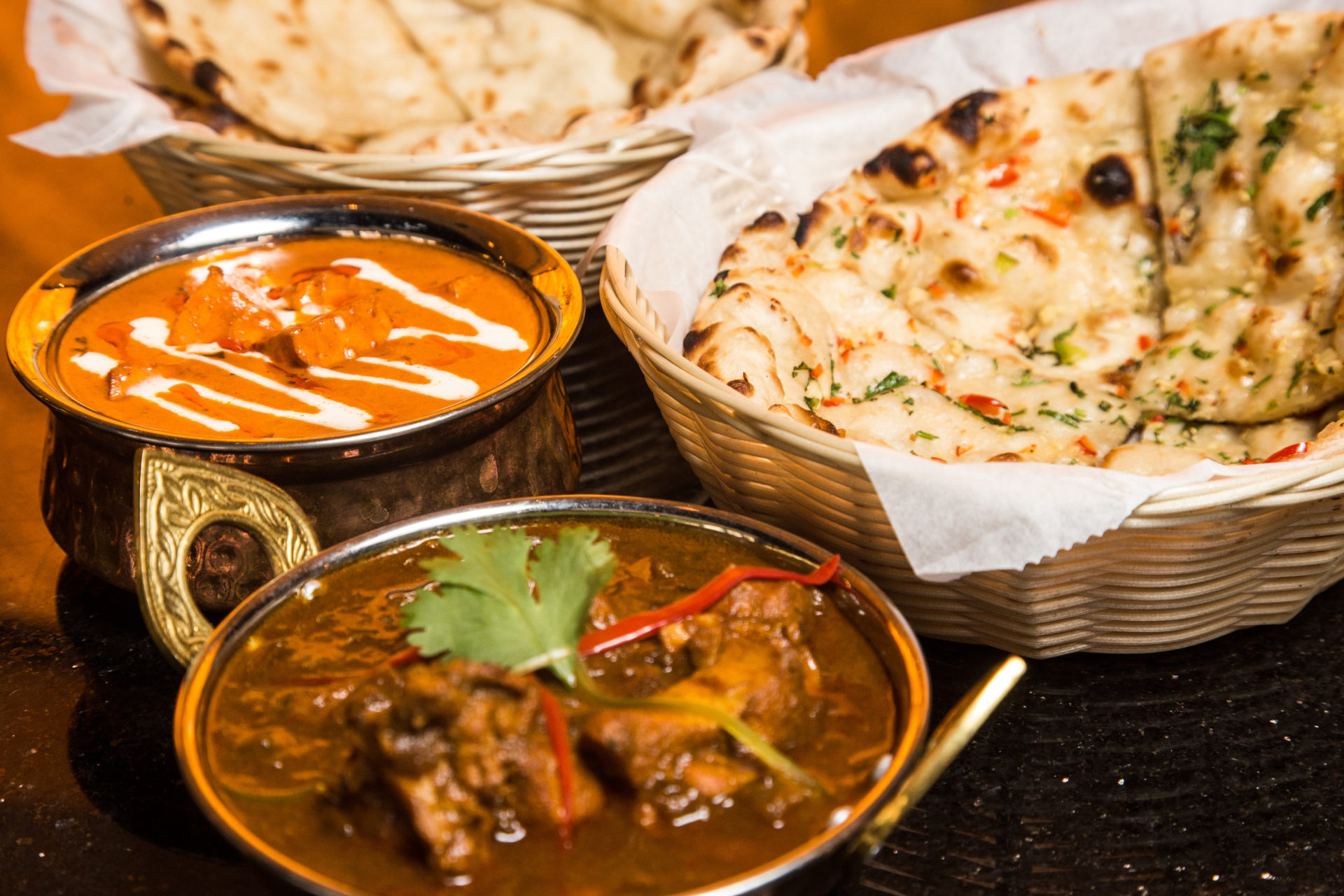Downtown’s Haveli Bistro is a rose in thorny Indian food scene

The recent history of 185 North High Street is well-documented. For quite a long time, the southwest corner of High and Spring was a Wendy’s.
The Columbus mainstay had upgraded the space prior to its 2006 sale, but the location, for one reason or another, didn’t stick.
New ownership saw it as an ideal restaurant space.
Said there was “a lot of pent-up demand” for such a place.
Not enough demand for a Wendy’s, it seemed, but still there were visions of “something with that Due Amici or Rossi Bar feel.” I know that feel. Feels like 10 years ago.
The building sat vacant for more than two years before Barrio slid in around March 2009.
Barrio had its moments, but reviews were consistently mixed. When they rebranded a few years later as Madrid, reviews were consistently shit. The end was nigh.
[su_slider source=”media: 33236,33234,33232,33230,33228,33226″ width=”1600″ height=”1600″ title=”no” pages=”no” mousewheel=”no”][su_slider source=”media: 23253,23254,23256,23257,23258,23259,23260″ width=”220″ height=”220″ title=”no” pages=”no” mousewheel=”no”][/su_slider]It was a dead space once again, with nothing notable inside for another few years.
That this particular space has undergone numerous makeovers is not remarkable. What is remarkable is the consistency of failure despite the building’s prominence and proximity to city hotspots.
It is no doubt that location that draws developers back. And so it is that we have the newest tenant: Haveli Bistro.
Indian restaurants in this country fascinate me. Certain elements seem oddly consistent: the food is rarely bad, the service is rarely good, and the bars are usually just sort of … there.
BROUGHT TO YOU BY
Most of them ask you for a spice preference, and very few actually deliver on the goods. I’m sure there’s a rulebook somewhere that says, “Americans like their Indian food like old people like their eggs,” which is to say, “mild, mushy, and made mostly of heavy cream.”
After a glance, Haveli is not of this category. In fact, the most notable thing about the menu is the Indo-Chinese/Szechuan influence (even if they butchered the spelling on the menu).
Of course you will find the obligatory offerings. Tikka masala and saag and korma. But there’s also gongura (a southeastern style popular in Andhra Pradesh), roghan josh (aromatic goat stew of Kashmiri origin), and, as noted, Szechuan chicken, prawns, and—my favorite—mushrooms.
The latter selection was fragrant and well-spiced and paired well with other samplings. They have an herbaceous quality that reminded me (oddly) of oysters Rockefeller and an excellent texture.
So—decent spice, more-than-typical selection, and even a nice goopy gulab jamun (sort of an Indian tres leches). The food is far from bad. But again, it rarely is.
[su_slider source=”media: 33235,33233,33231,33229,33227″ width=”1600″ height=”1600″ title=”no” pages=”no” mousewheel=”no”][su_slider source=”media: 23253,23254,23256,23257,23258,23259,23260″ width=”220″ height=”220″ title=”no” pages=”no” mousewheel=”no”][/su_slider]What’s it going to take for something to last more than a couple years on that corner?
I would argue that the business lunch crowd is going to have a lot to do with it.
What’s more office lunch-y than four guys in short-sleeved button-downs absentmindedly dipping their respective ID tags into their curry with a buffet bubbling away in the background?
Hell, paint me a scene like that, and I won’t even notice the shift meals taking place right on the other side of the Sternos.
Most downtown restaurants are looking to suckle off the lunchtime teat, though, so competition is fierce.
Fortunately for Haveli, they’re presenting simple, solid options for the everyday downtown walker.
V.R. Bryant / (614) Magazine July, 2018
BROUGHT TO YOU BY



